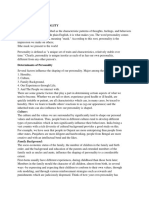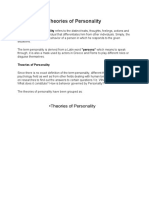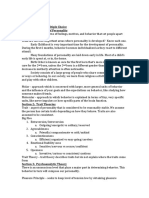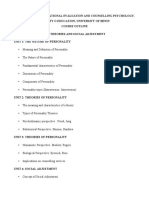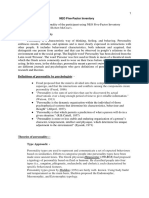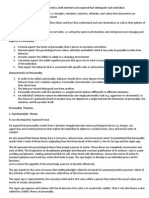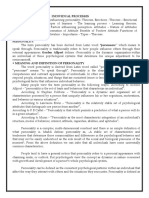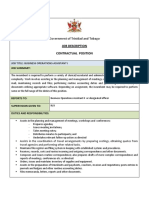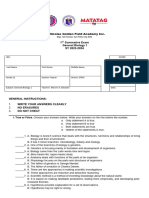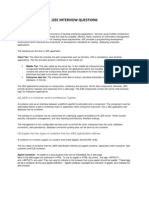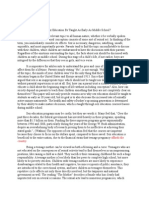0% found this document useful (0 votes)
17 views54 pagesP1 Ico
The document outlines a course on personality development, focusing on the importance of understanding personality, its theories, and the factors influencing its development. It covers various aspects of personality, including physical, emotional, psychological, social, and intellectual dimensions, as well as different personality theories such as psychodynamic, behaviorism, humanistic, trait theory, and the Big Five personality traits. The course aims to enhance self-awareness and personal growth through reflection on individual experiences and societal influences.
Uploaded by
Jenny Joy SanchezCopyright
© © All Rights Reserved
We take content rights seriously. If you suspect this is your content, claim it here.
Available Formats
Download as PDF, TXT or read online on Scribd
0% found this document useful (0 votes)
17 views54 pagesP1 Ico
The document outlines a course on personality development, focusing on the importance of understanding personality, its theories, and the factors influencing its development. It covers various aspects of personality, including physical, emotional, psychological, social, and intellectual dimensions, as well as different personality theories such as psychodynamic, behaviorism, humanistic, trait theory, and the Big Five personality traits. The course aims to enhance self-awareness and personal growth through reflection on individual experiences and societal influences.
Uploaded by
Jenny Joy SanchezCopyright
© © All Rights Reserved
We take content rights seriously. If you suspect this is your content, claim it here.
Available Formats
Download as PDF, TXT or read online on Scribd
/ 54




